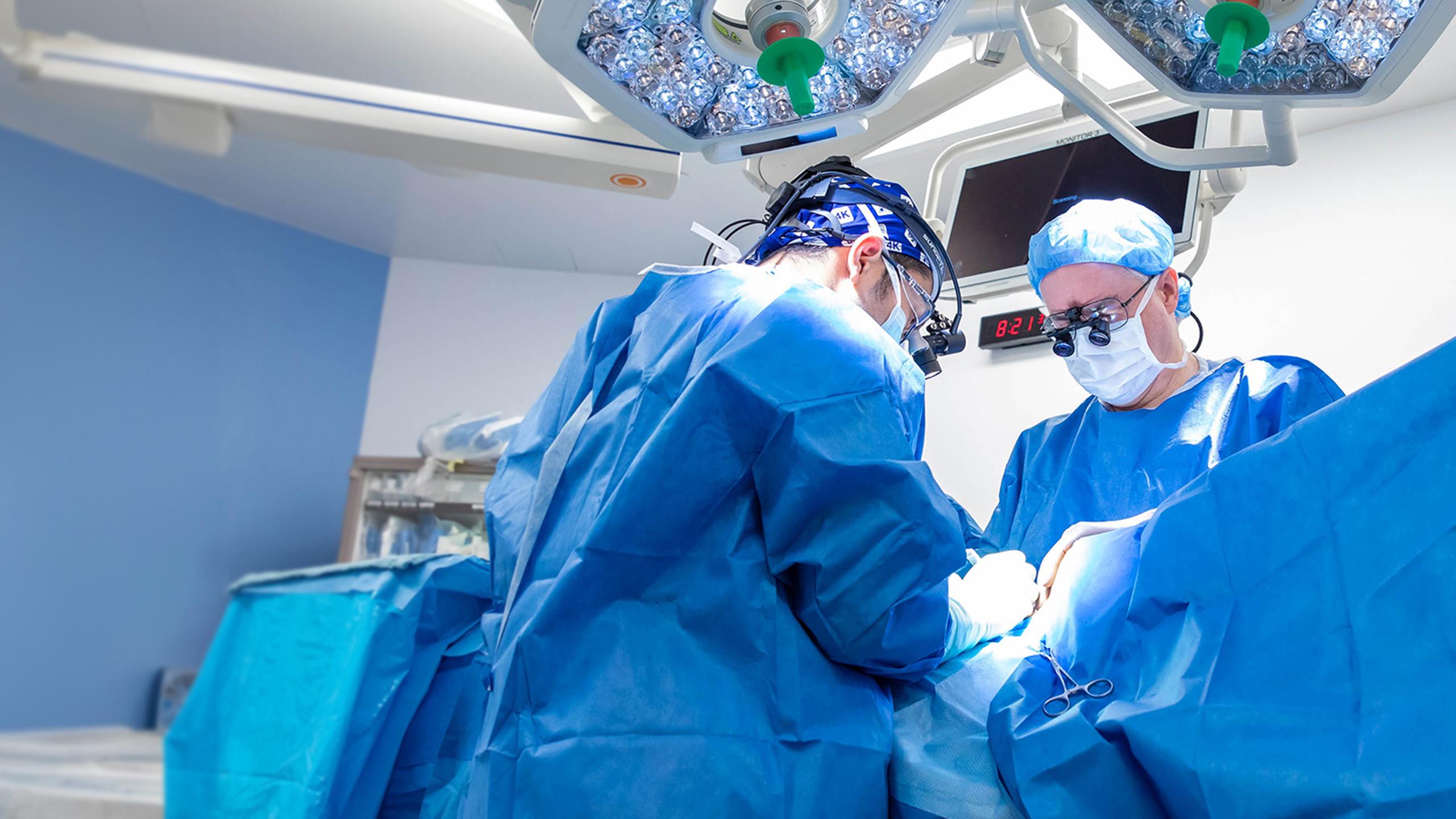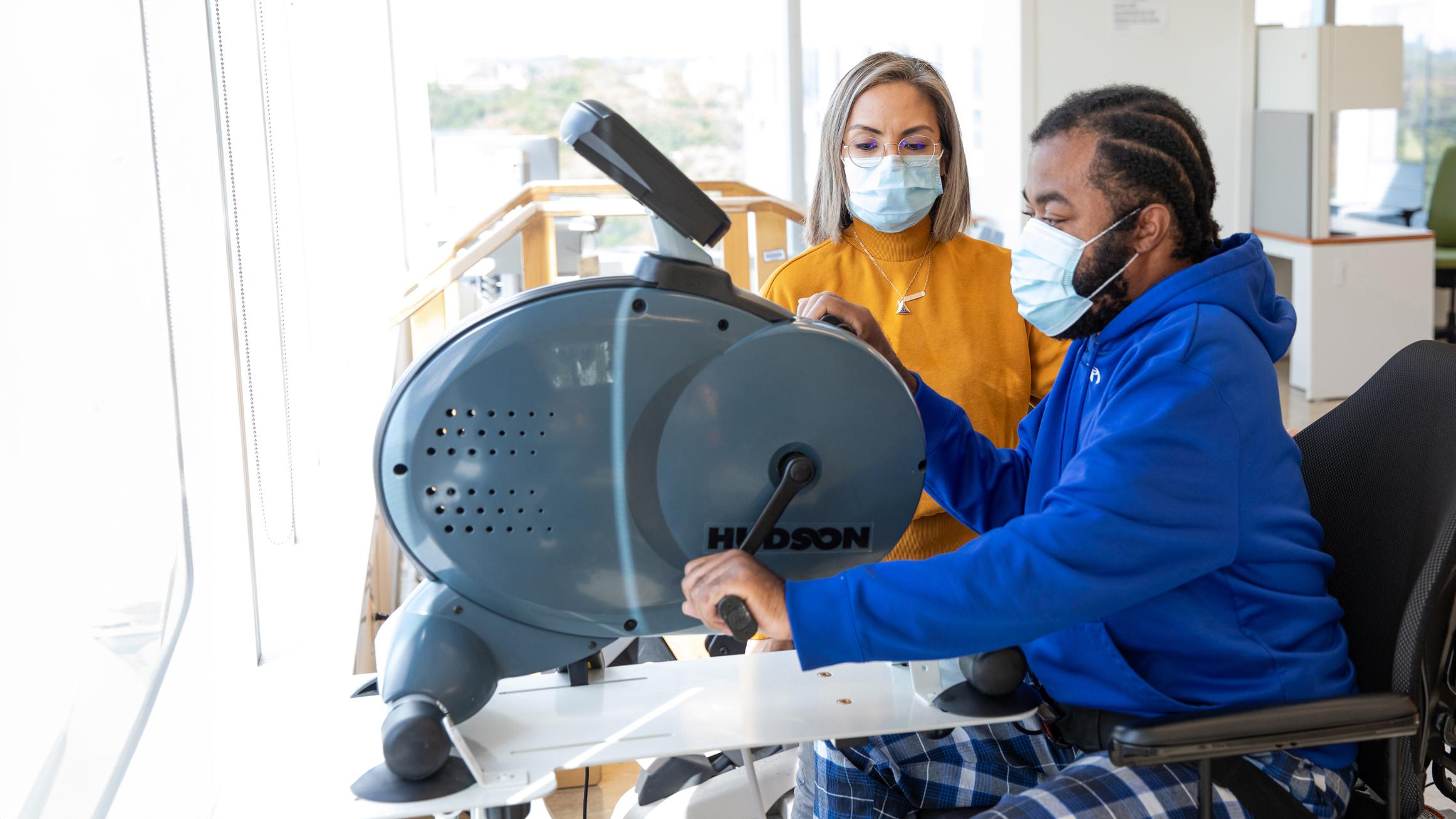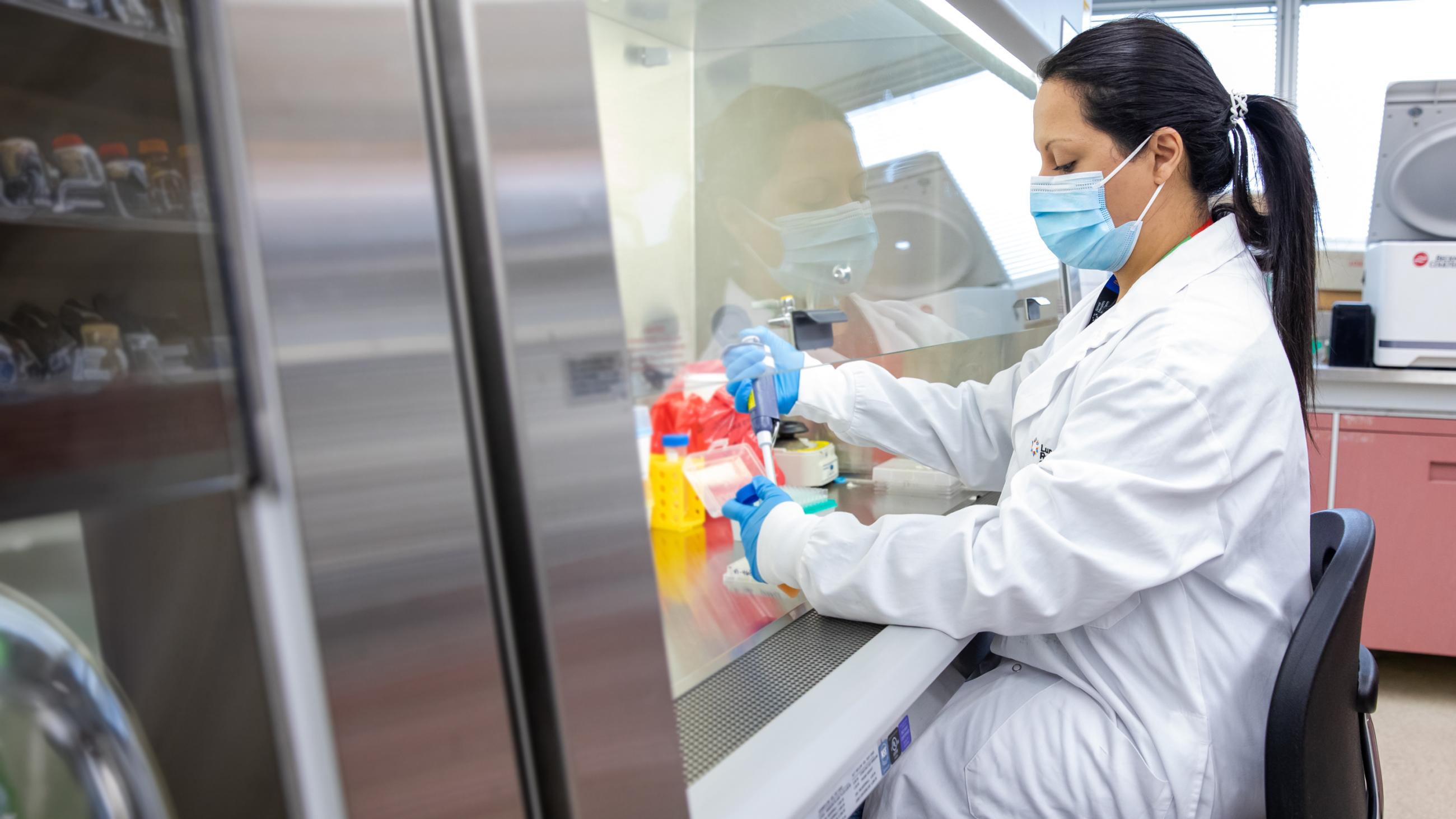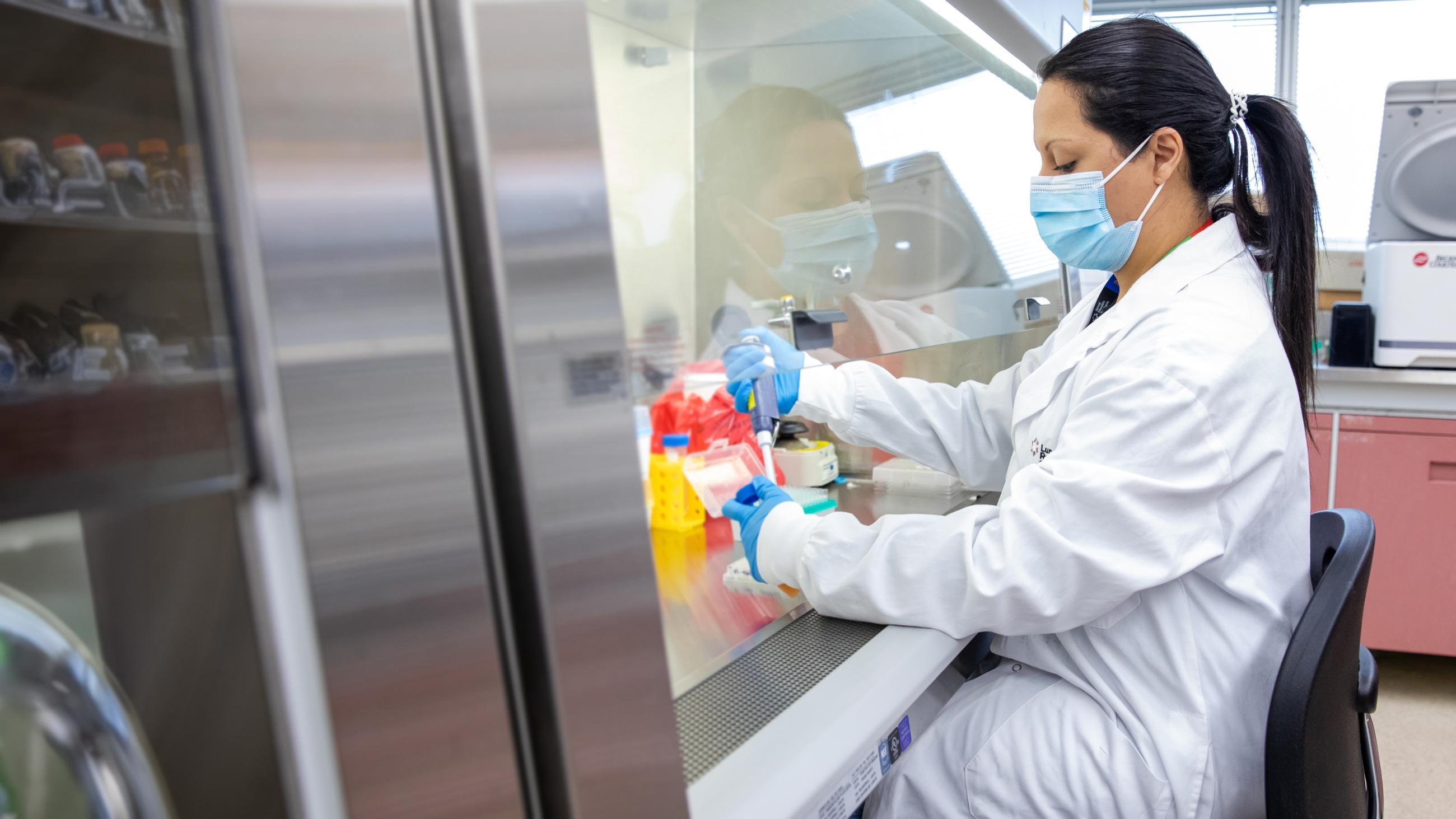Checking for Ketones
The body uses insulin to help glucose enter cells for energy. If you don’t have enough insulin, your body will start to break down body fat to use for energy instead of glucose. When body fat breaks down, ketones are made as a byproduct.
Ketones can build up in your body when:
- Insulin has not been taken for long periods of time
- The insulin pump is not working because of a pump malfunction, site issue or disconnection
- Insulin doses are missed or not increased appropriately during illness
Ketones can be dangerous
Ketones are acidic and can upset the chemical balance of your blood. Your body cannot tolerate large amounts of ketones.
Ketones can be a sign that you are at risk of developing a serious condition called diabetic ketoacidosis (DKA). DKA is more common in type 1 diabetes.
DKA develops when:
- You do not have enough insulin in your body
- You have high levels of ketones that cause your blood to become dangerously acidic
DKA is a life-threatening medical emergency that can affect how your organs function.
Symptoms of DKA
- The following symptoms of DKA often develop quickly, often over the course of a day:
- Nausea
- Vomiting
- Fatigue
- Severe abdominal pain
- Difficulty breathing
When to check for ketones
You should check your blood for ketones when:
- Your blood glucose is staying high (more than 14.0) for a long period of time, especially if your usual correction doses are not working
- You have symptoms of high blood glucose (feeling tired, weak, intense thirst, frequent need to urinate)
- You have symptoms of DKA (see above)
Note that people with type 1 diabetes or taking SGLT2 inhibitors (such as Canagliflozin, Dapagliflozin or Empagliflozin) may be at higher risk of developing ketones.
How to check your ketones
To check your ketones, use a ketone meter.
- Insert a blood ketone test strip.
- Apply blood to the strip.
- Wait for the countdown to begin when the sample is detected.
- See your results when they display.
Ketone levels chart
| Blood ketones less than 0.6 mmol/L OR urine ketones negative to trace | Blood ketones 0.6 To 3.0 mmol/L OR urine ketones: small to moderate | Blood ketones more than 3.0 mmol OR urine ketones: large | Blood ketone meter reading: HI |
|---|---|---|---|
| Take your usual correction dose. | Increase your correction dose by 50 per cent. Use new insulin with a pen or syringe. If you have an insulin pump, change your infusion site. | Increase your correction dose by 50 per cent. Use new insulin with a pen or syringe. | Ketone levels can be very high or there may be a problem with the strip. |
| Recheck blood glucose and ketones in two hours. | Recheck blood glucose and ketones in two hours. | Go to the nearest emergency department. | Check again with a new strip. |
| Repeat steps one and two until blood glucose has improved and ketones have cleared. | If the result is HI again, increase your correction dose by 50 per cent. Use new insulin with a pen or syringe. | ||
| Go to the nearest emergency department. |
How to prevent developing ketones
The following suggestions can help you prevent a dangerous buildup of ketones:
- Check your blood glucose levels several times each day — more often if you feel sick or are under stress
- Work with your diabetes team to learn how to adjust your insulin based on what you eat, your blood glucose levels and your activity level
- Always take some insulin, even when you are sick and not able to eat
- Speak to your diabetes team to make a plan for when you are sick
- Always have a ketone meter and ketone strips at home
- Routinely check to make sure your ketone strips have not expired
- Drink more fluid than usual if you have ketones to prevent dehydration
Follow up with your diabetes team if you need help managing your ketones or have been admitted to hospital with DKA.
When to go to the emergency department
It is important to go to your nearest emergency department if you experience any of the following:
- Symptoms of DKA or dehydration
- Blood ketones 3mmol/L or greater
- Urine ketones that remain elevated even with insulin dose by syringe or pen







